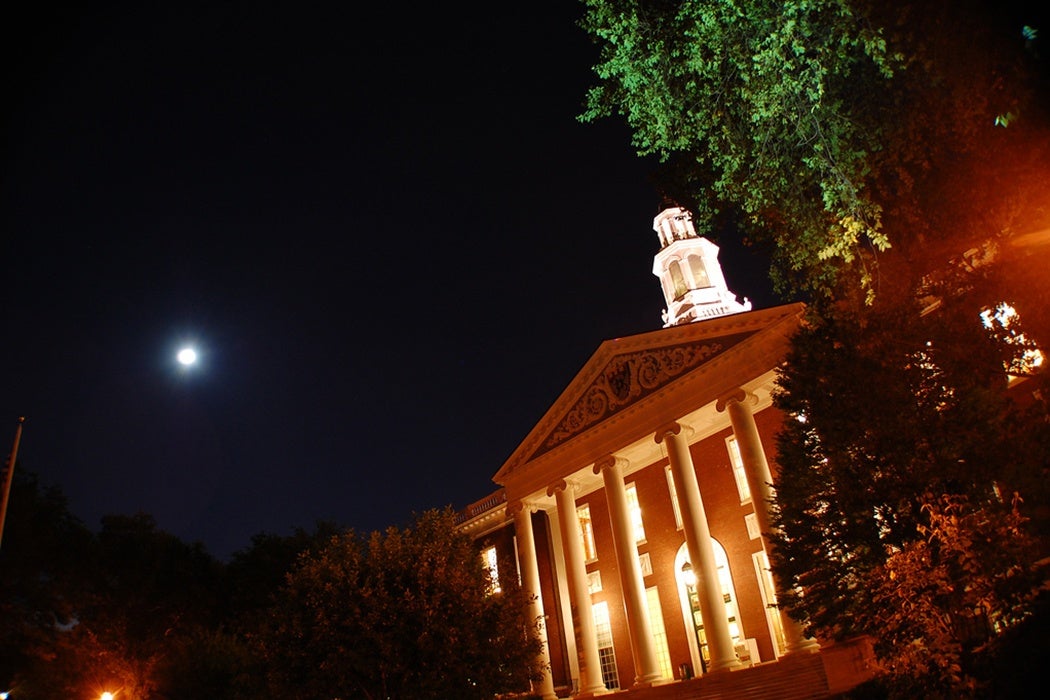A new history of Harvard Business School by business journalist Duff McDonald looks at the school’s role in shaping American businesses’ singular focus on profit since the 1980’s.
In an excerpt of the book quoted by the New York Times, McDonald writes, “The Harvard Business School became (and remains) so intoxicated with its own importance that it blithely assumed away one of the most important questions it could ask, which was whether the capitalist system it was uniquely positioned to help improve was designed properly for the long term.”
But, long before the era McDonald focuses on, the Harvard Business School took on a different role, one that applied psychological and political ideas to the project of saving capitalism from ruin, as Ellen S. O’Connor explains.
In the years after World War I, O’Connor writes, industrial strikes were common. Union members had gained concessions during the war, including a measure of control over their workplaces, and they were determined not to lose them. Reformers like John Dewey envisioned a new era of “industrial democracy,” freeing employees from the rule of bosses who acted as workplace autocrats.
Under these circumstances, O’Connor writes, some industrialists were looking for “ways to improve management-worker relationships (i.e., to reduce activism and strikes) without jeopardizing managerial control.”
As one step toward that goal, some of the most prominent corporate CEOs, including John D. Rockefeller and General Electric’s Owen Young, helped win an appointment for Elton Mayo at the Harvard Business School in 1927. Mayo’s work used psychological tools to approach business management. He argued that the masses needed a governing elite, that political agitators’ activism was the result of personal problems, and that managers and executives must learn to calm irrational, agitation-prone workers.
As the Great Depression called the U.S. capitalist system into question and the Soviet Union appeared as a potentially viable alternative, HBS Dean Wallace Donham described the need for work like Mayo’s in increasingly strident terms. Without a systematic science of relationships, he wrote, “we leave the whole future to chance and the very progress of science may easily disrupt society.”
Donham called for a “few hundred men in a few hundred corporations” to take the lead in organizing a centralized national industrial policy.
In the years that followed, the New Deal and the economic mobilization for World War II brought victories for labor, but also for this model of a unified, politically engaged corporate sector. Meanwhile, Mayo’s focus on behavioral science became central to the growing human resources field.
In the decades that followed, the Soviet Union fell, the U.S. labor movement declined, and many corporate leaders lost interest in shaping a national economic vision in favor of pursuing short-term profit at all costs. And that’s where McDonald picks up the story of Harvard Business School’s role in the new order that emerged.







